We have women to thank for Abel Tasman National Park, takahē rediscovery and AI traps, yet often women are invisible in recorded history. Today, we shine a spotlight on some of the spectacular women who shaped – and continue to shape – conservation in Aotearoa New Zealand.
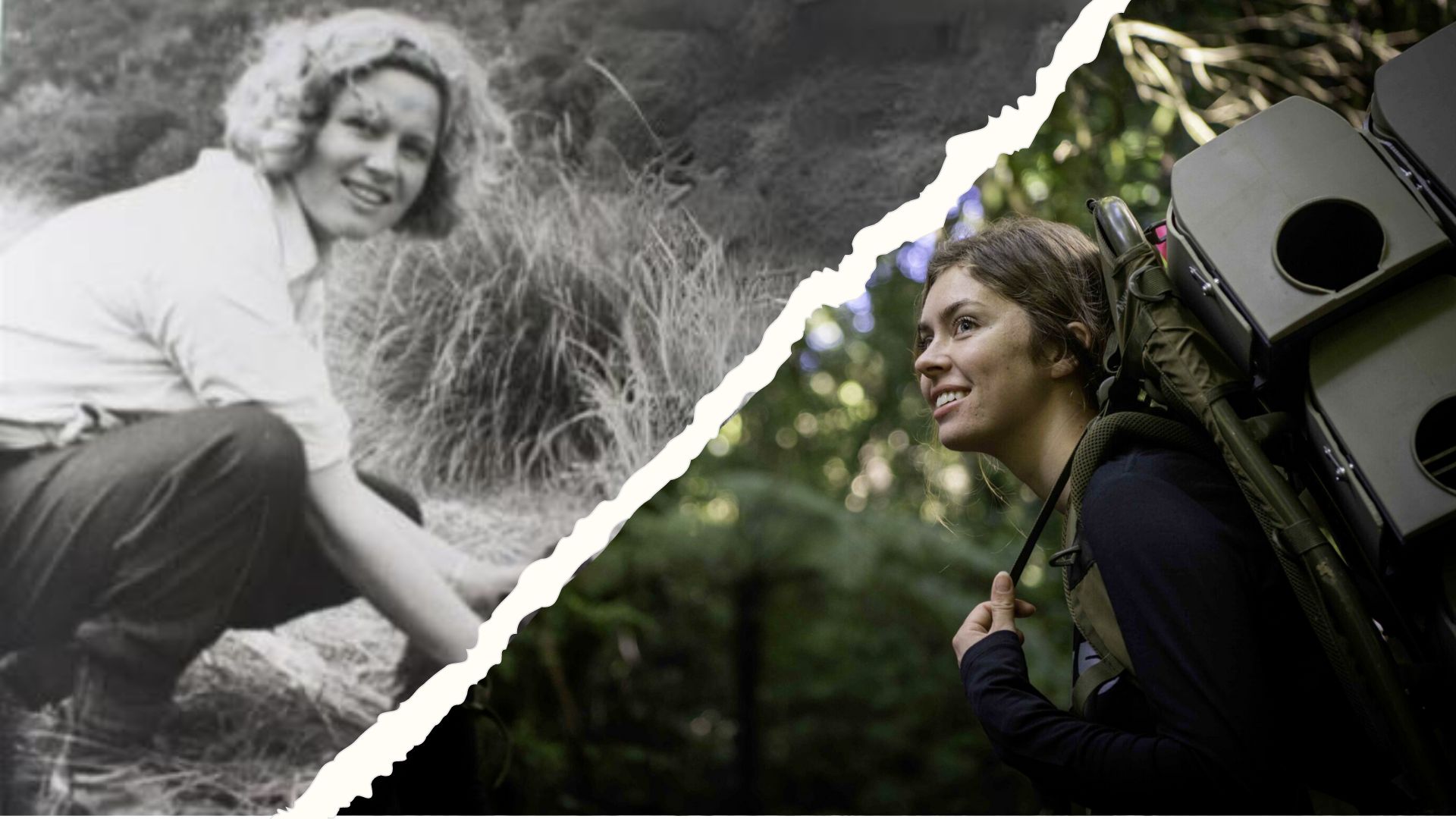
Pre-colonial wisdom
Due to the deep relationship between wāhine and the whenua, wāhine had spiritual authority and obligations over the land, safeguarding it for the well-being of present and future generations. Men also had roles in land matters, but women were actively involved in managing resources, passing down knowledge, and kaitiakitanga. Yet, their leadership, roles and knowledge were often sidelined by patriarchal colonial beliefs.
Botanical pioneers of the 19th century
Women contributed greatly to botany in the 19th century.
Georgina Brune Hetley wrote and illustrated a comprehensive guide to New Zealand indigenous flora. She documented a native mistletoe shortly before it became extinct.
Artist Sarah Featon illustrated the first full-colour art book published in NZ, which was presented to Queen Victoria for her diamond jubilee and debunked the myth that there were no flowers in NZ.
Catherine Alexander broke barriers as the first woman to publish a paper on ngaio in the Royal Society journal in 1886, paving the way for three more papers by women in 1892.
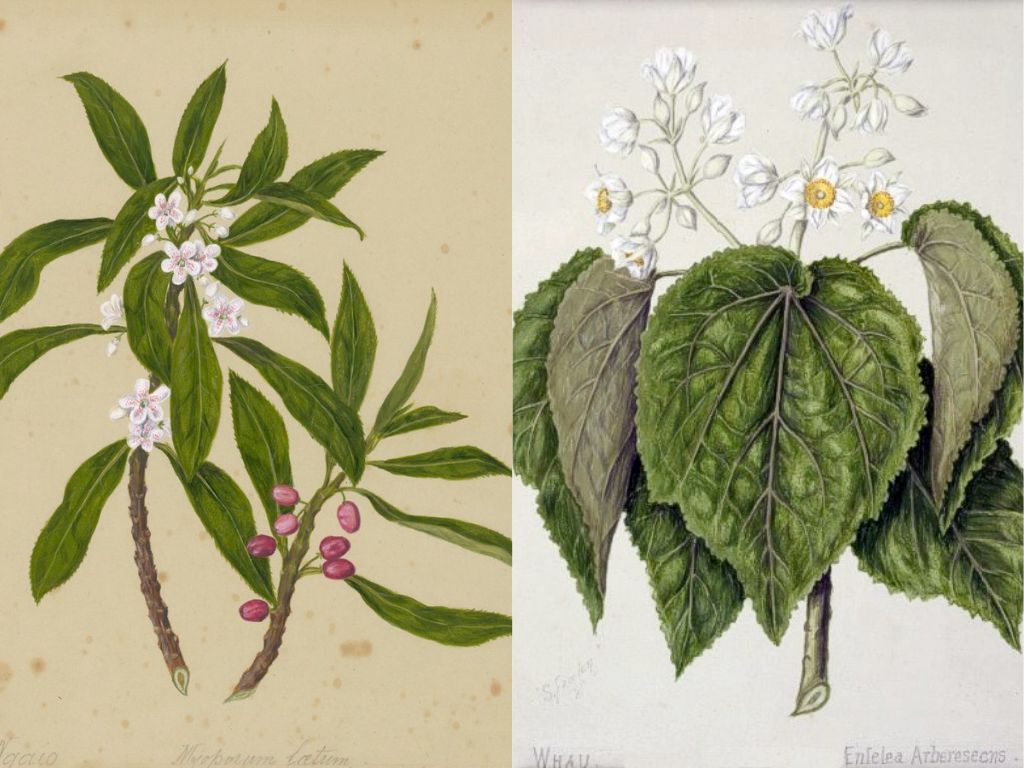
Avian advocacy in the early 20th century
The 1900s saw our first field guide for identifying birds, written by ornithologist Pérrine Moncrieff. Her land in Tasman Bay near Nelson ultimately became Abel Tasman National Park due to her relentless advocacy. She was a founding member of the NZ Native Bird Protection Society and the NZ Ornithological Society and became president of the Royal Australasian Ornithologists’ Union. Her address, ‘Birds in relation to women’, included a condemnation of the practice of killing native birds to adorn women’s dress, advocating instead the use of feathers from birds killed for human consumption. She wore a cap of white hens’ feathers dyed sapphire blue to drive home her point.
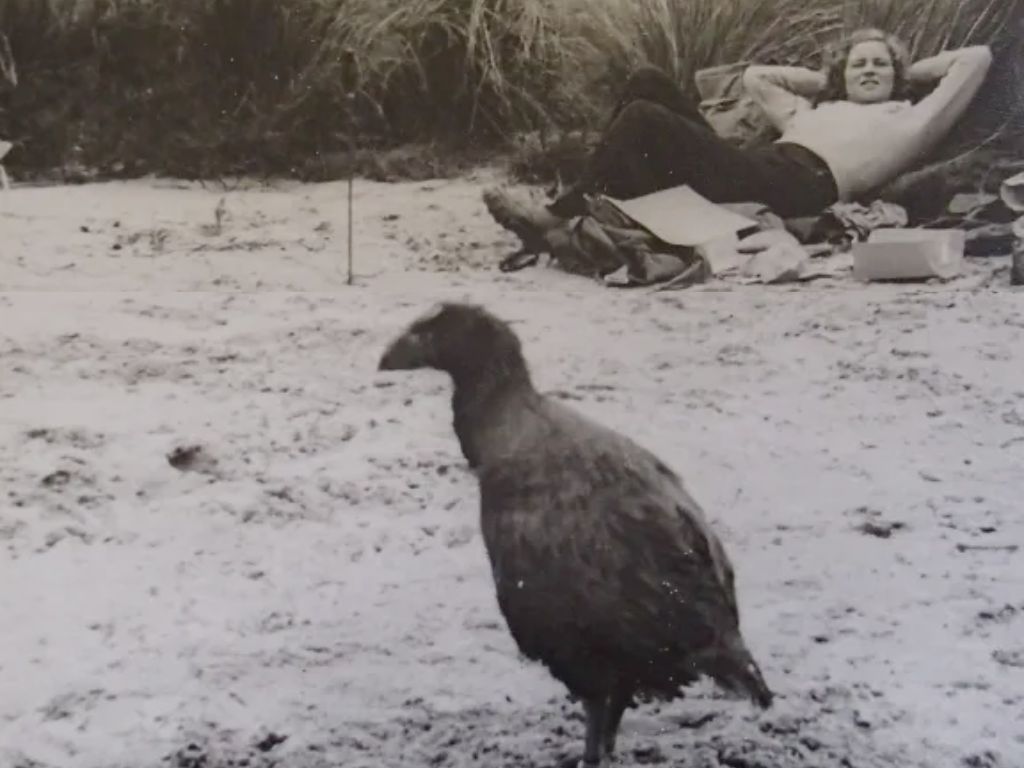
Takahē, the rare flightless bird thought to be extinct, was rediscovered in 1948 during an expedition in the Fiordland mountains led by Dr Geoffrey Orbell.
It was 22-year-old Joan Watson (nee Telfer) who pounced on the first takahē seen in 50 years before it could get away.
The girlfriend of expedition member Ron Watson, she was the only woman involved in monitoring and recording birds and eggs. Using her shorthand and typing skills, she recorded observations and reports.
Visionaries in the late 20th century
Dame Ngāeko Minhinnick (Ngāti Te Ata) went to the Waitangi Tribunal in 1985 over the pollution of the Manukau Harbour by a sewerage treatment plant, mill and other developments.
She is credited with bringing the Māori concept of kaitiakitanga into mainstream conservation thinking.
Her ideas about the role of tangata whenua in environmental protection influenced the writing of the Resource Management Act.
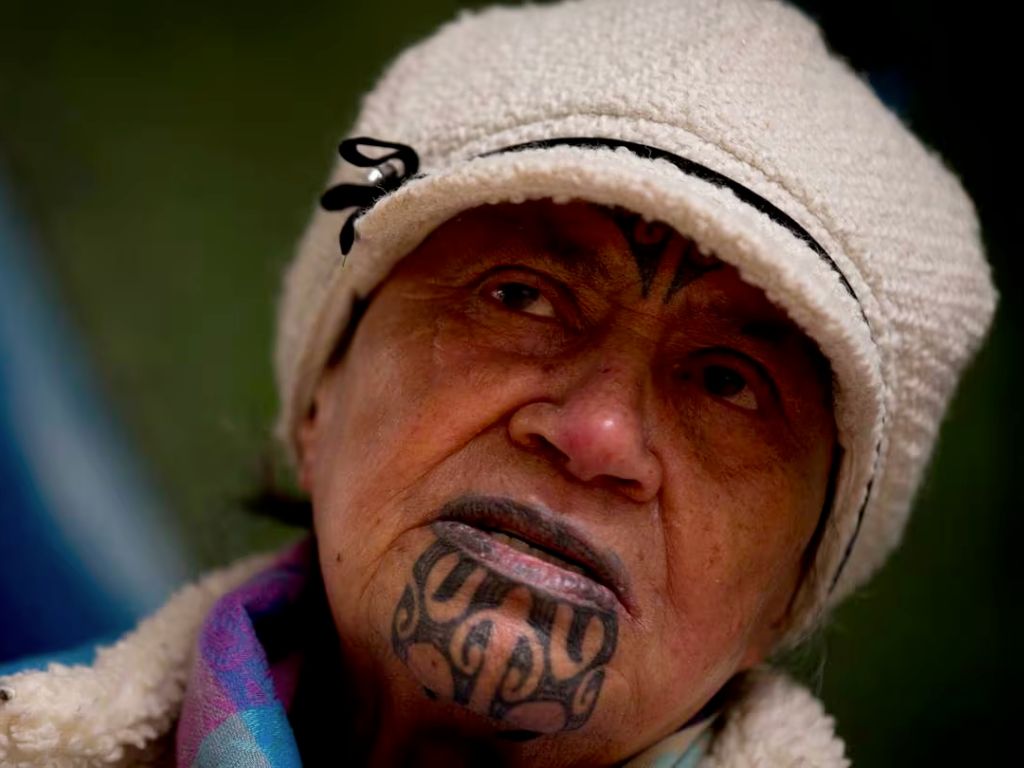
Current champions
Of course, women continue to significantly impact conservation efforts in the field, in labs and in leadership roles.
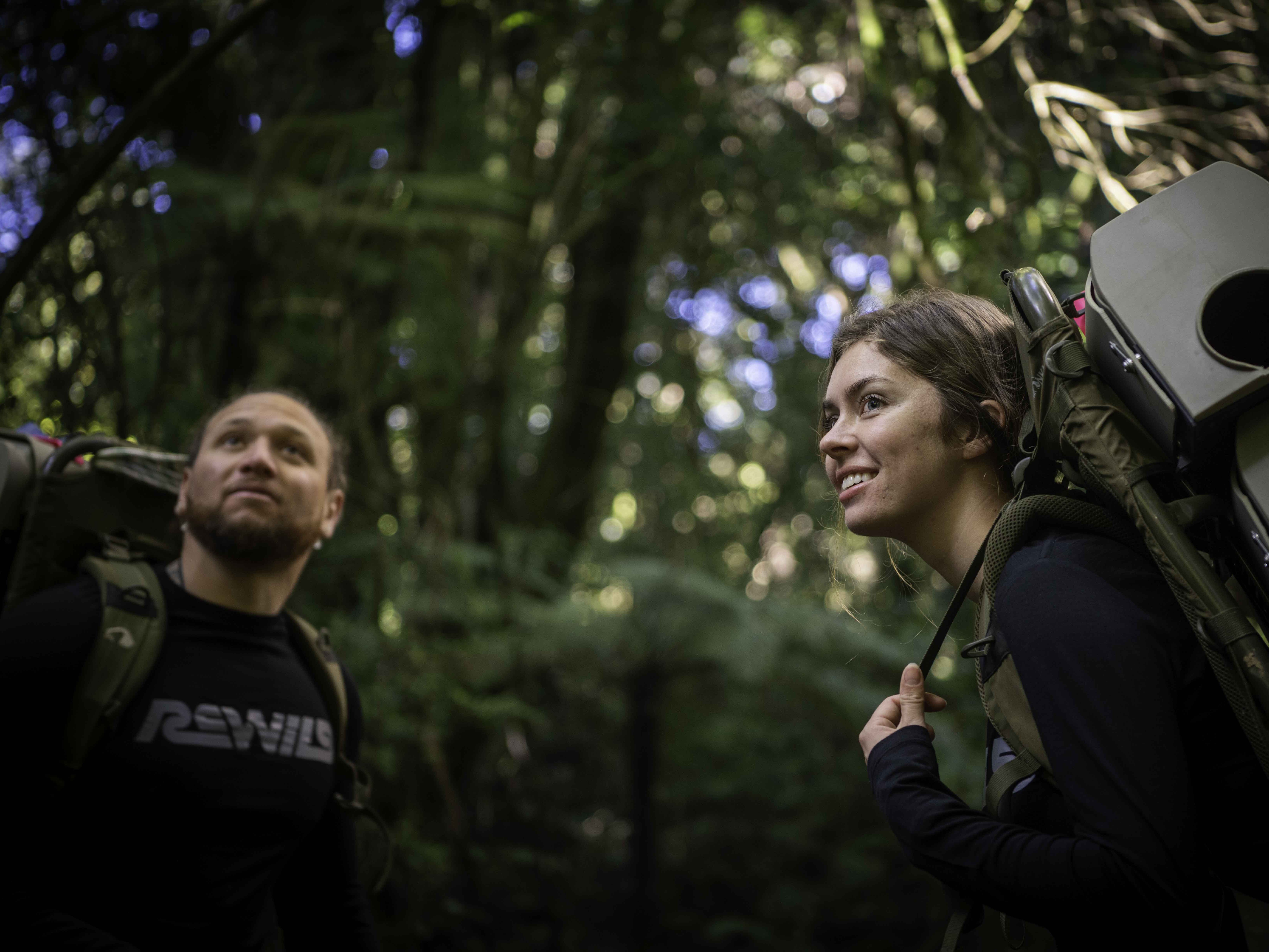
Helen Blackie, a seasoned biosecurity consultant, has long been renowned for her expertise in predator control. However, her recent focus on artificial intelligence (AI) has injected fresh optimism into the field. Pioneering AI-driven Critter Solutions Kill Traps, are currently undergoing field trials. These traps operate autonomously, activating only upon AI detecting a designated pest species.
Women continue their work in the field, and the Jobs for Nature-funded Predator Free Apprentice Programme helped bring a new generation of conservationists into the field, including rangatahi like Māia Gibbs.
Her work at the Taranaki Kiwi Trust (TKT), reversing the decline of the North Island brown kiwi, is exactly the kind of hard work and dedication we need in the world to take conservation forward and inspire women for generations to come.

